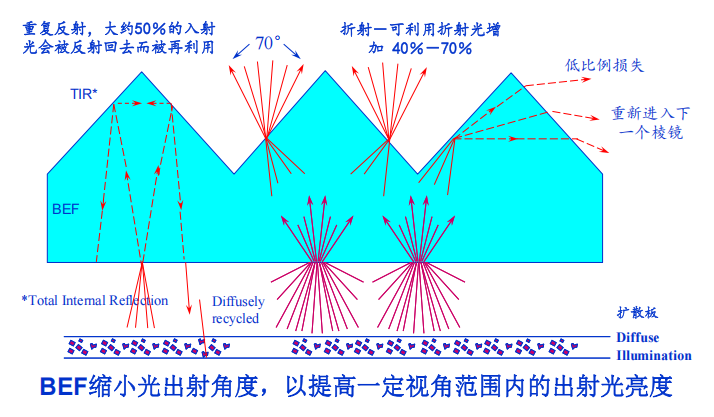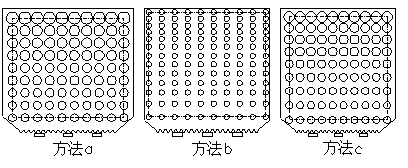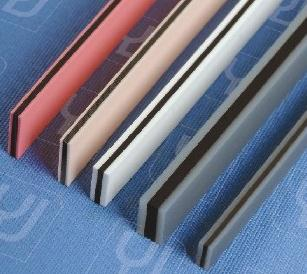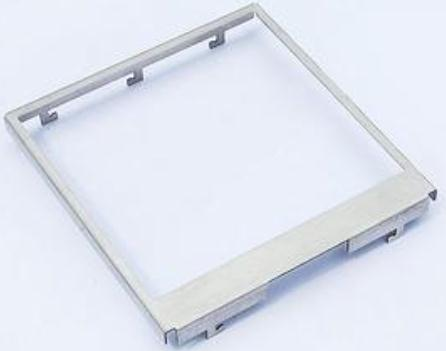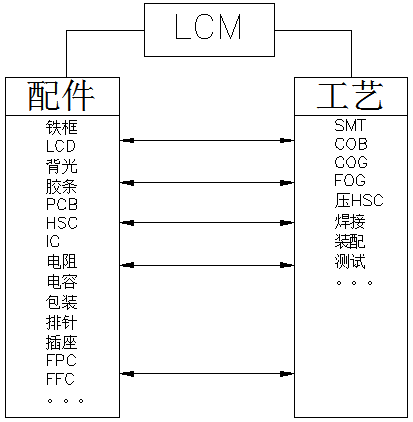Industry News
Optical Films in Backlight Modules: Key Technologies That Illuminate Every LCD Screen
In the world of Liquid Crystal Displays (LCDs), the backlight module is one of the core components determining display performance. As an LCD display manufacturer, CNK Electronics Co., Ltd. understands that a backlight is not merely a light source component. It is a key technology that, through prec......
Read MoreDecoding Precision Optics: The Core of Custom LCD Screens - Light Source and Light Guide Plate Technology
In the professional display field, when you choose to customize an LCD screen, the exceptional visual performance behind it relies on the precise collaboration of two core optical components: the light source and the light guide plate. As an experienced LCD display manufacturer, CNK Electronics deep......
Read MoreThe Precision Link: Deciphering the Technology of Conductive Rubber Connectors in LCM Display Modules
In today's smart and interconnected world, clear and reliable display interfaces are the cornerstone of human-machine interaction. The core carrier of this experience is the Liquid Crystal Display Module (LCM). As the key product delivered by lcd display manufacturers, the LCM integrates the liquid ......
Read MoreBezel: Analyzing the Foundational Structural Component in LCD Modules
An LCD module (LCM) is an integrated product that encapsulates display functionality into a standalone module. It typically consists of an LCD screen, PCB driver circuitry, a backlight unit, connectors, and necessary structural components. As LCD display manufacturers, when we design and produce var......
Read MoreLCM: The Display Engine of Smart Devices - An In-depth Analysis of the Technical Core of LCD Modules
In modern electronic devices, the LCD screen serves as the medium for information presentation, and its performance directly impacts the user experience. However, the core technology that truly determines display quality and reliability is the LCM (LCD Module). This article provides an in-depth expl......
Read MorePrecision Alignment & Cell Assembly: Analyzing PI Coating and Rubbing Processes in LCD Manufacturing
The complete manufacturing process of LCD involves over 40 precise steps, which can be divided into five main stages: ITO pattern etching, alignment layer formation (PI coating and rubbing), cell assembly, liquid crystal filling and cutting, and final inspection and packaging. Among these, the PI co......
Read More

